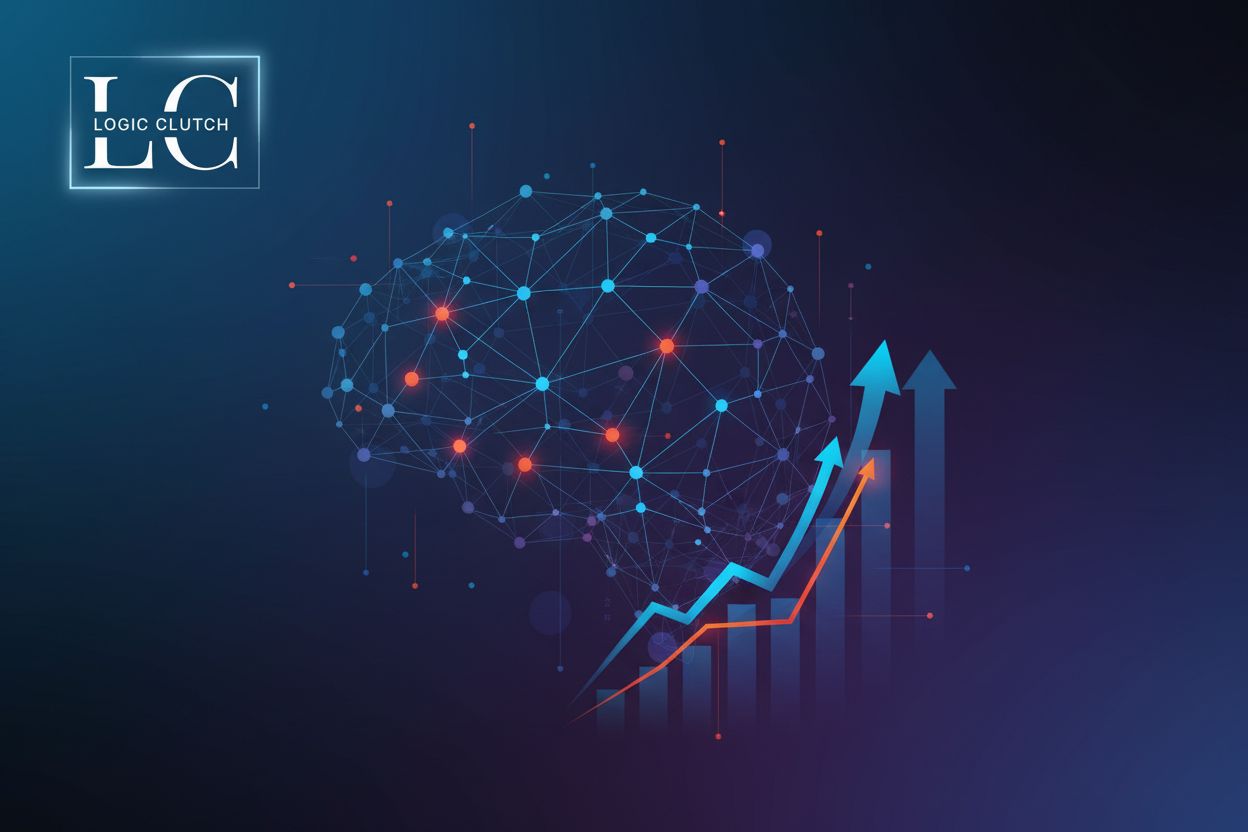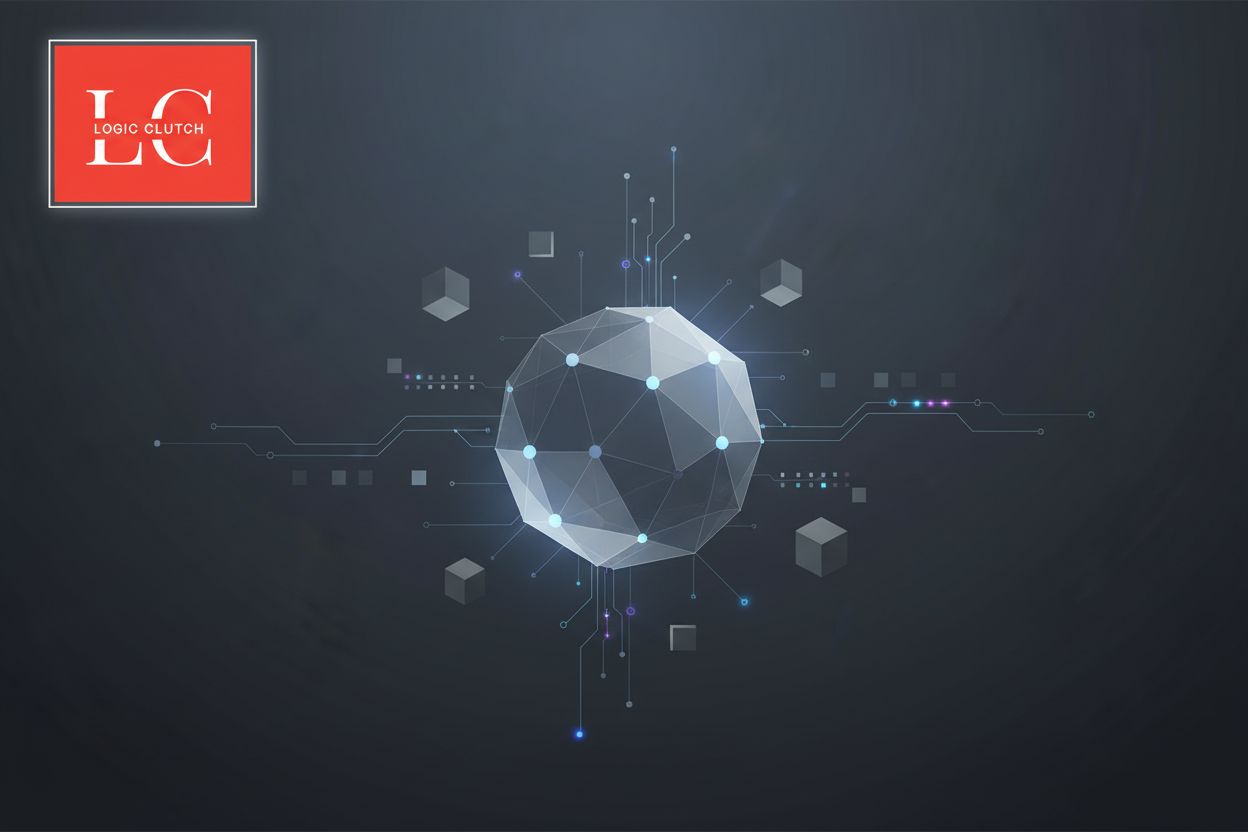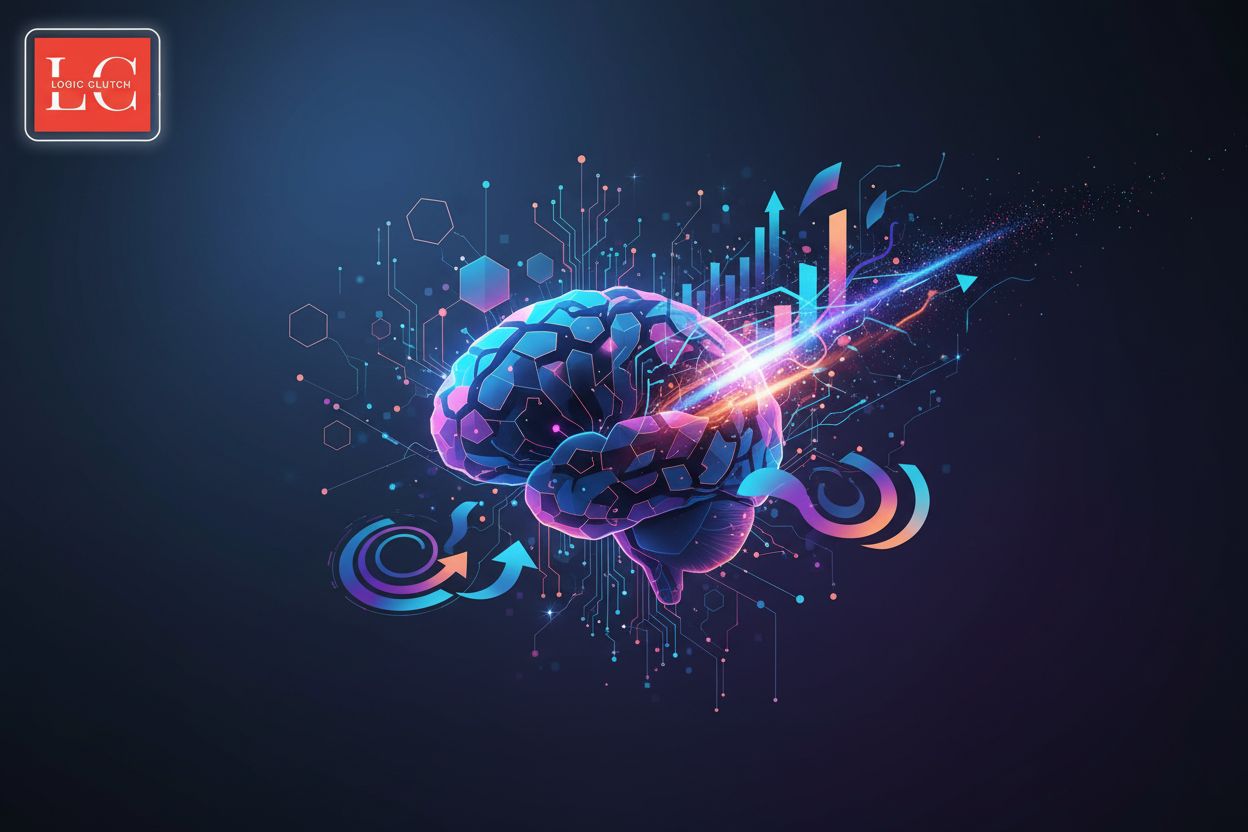AI-Powered Personalization in Marketing Cloud
TL;DR
Introduction to AI in Marketing Cloud
Marketing is changing, fast. Did you know that personalized experiences can lead to a serious boost in customer engagement? That's where ai comes in, especially within platforms like Marketing Cloud.
Here's the lowdown:
- Enhanced Personalization: ai algorithms analyze customer data to deliver tailored content. Think personalized email campaigns in retail or custom financial product recommendations.
- Predictive Analytics: ai forecasts customer behavior, helping businesses anticipate needs. For instance, identifying patients at risk of missing appointments in healthcare.
- Improved Efficiency: Automate tasks like audience segmentation and campaign optimization. This can free up marketers to focus on strategy.
It's all about using data smarter—and Marketing Cloud's ai tools makes that possible. Now, let's dive into how this all plays out in practice.
Leveraging AI for Enhanced Customer Segmentation
Okay, so you're probably wondering how ai can seriously up your marketing game, right? Well, it starts with something called enhanced customer segmentation. It's a game changer.
- ai can help you identify customer segments based on behaviors and attributes that you might not even think to look at otherwise. Think about it, instead of just grouping customers by age or location, ai algorithms can predict future purchases based on past browsing history.
- One of the big benefits of predictive segmentation is that it's way more dynamic than traditional methods. Traditional segmentation is kinda static, its like setting it and forgetting it, but predictive segmentation? It's constantly learning and adapting as new data comes in.
- For example, in healthcare, ai could identify patients at high risk of readmission based on factors like medication adherence and appointment history. This allows for more personalized intervention and better patient outcomes.
ai really shines when it comes to analyzing customer data. It can pull data from all over the place within salesforce (or outside of it, if you've got those api connections setup, you know?). It then uses this data to create seriously personalized experiences.
- Imagine a financial institution using ai to analyze a customer's transaction history, investment portfolio, and risk tolerance. They could then offer tailored financial product recommendations that are actually relevant.
- it's not just about selling more stuff, though, data privacy is a big deal. You gotta make sure you're compliant with regulations like gdpr and that you're being transparent with your customers about how you're using their data.
Next up, we'll be diving into personalized content creation.
AI-Powered Content Personalization
Bet you didn't know ai could basically write your marketing content for you, huh? Well, not really, but it can seriously personalize it.
- One cool thing is dynamic content optimization. ai can tweak content in real-time based on who's looking at it, like changing up the subject line of an email depending on the recipient's past purchases.
- Think about it: in e-commerce, ai could show different product images on a website based on a visitor's browsing history. This makes the experience way more personal and can seriously boost conversion rates.
- A/B testing gets a major upgrade with ai. Instead of just testing two versions of an email, ai can continuously analyze performance and optimize content on the fly.
ai also lets you give people predictive content recommendations. You know, like when netflix suggests shows you might like? That's ai at work.
- In retail, ai-driven recommendations can boost sales by suggesting products that complement a customer's previous purchases. it's all about making the customer journey smoother and more relevant.
- For example, a financial services firm could use ai to recommend relevant articles or webinars based on a customer's investment portfolio and financial goals.
So, what's next? We'll be diving into how ai can automate a lot of the marketing process, which is pretty sweet.
Optimizing Customer Journeys with AI
AI is changing how we think about customer journeys, right? It's not just about selling; its about creating experiences.
- ai-Driven Journey Mapping: ai algorithms can analyze tons of data to map out the different paths customers take. This helps identify key touchpoints where you can make a real impact, and it's not just for big companies either.
- Pinpointing the Pain: Ever wonder where customers drop off during the buying process? ai can highlight those frustrating moments, so you know exactly where to focus your efforts to improve the experience.
- Personalized Interactions: it's not enough to just know the journey; you've gotta make it personal. ai can trigger tailored content, special offers, and helpful tips at each stage, making customers feel seriously valued.
So, what's next? let's see how ai can make personalization happen in real-time.
Challenges and Considerations
So, you're thinking of diving headfirst into ai personalization? Cool. But hold up, there's a few bumps in the road you should probably know about.
- Data quality is gonna be your biggest headache. If your data's a mess, ai is just gonna make bigger messes, ya know? Gotta clean it up first.
- Ethical stuff, too. Like, are you being creepy with all that personalization? People get weirded out, and rightly so, if you aren't transparent.
- And- don't forget about biases in the algorithms. You don't want your ai accidentally discriminating against certain groups, right?
It's not all sunshine and rainbows, but it is doable. Onwards!







